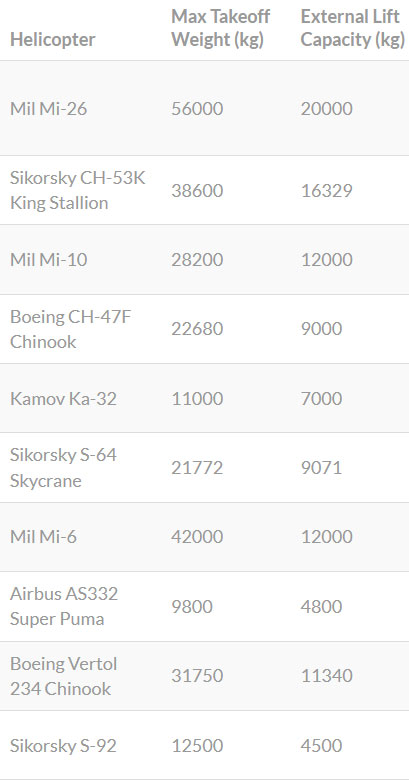Helicopters continue to be indispensable across industries, from emergency response and infrastructure development to military logistics and remote cargo delivery. One of the most defining attributes of a helicopter is its lifting capacity. As we progress through 2025, let’s take a look at the top heavy lift helicopters — both enduring legends and cutting-edge machines pushing the boundaries of aerial load transport.
1. Mil Mi-26

Mil Mi-26
The Mil Mi-26 remains the gold standard of heavy-lift helicopters and is still regarded as the world’s largest and most powerful. Developed by the Mil Moscow Helicopter Plant, this beast can transport up to 20 tons of cargo and perform critical missions in remote and rugged terrains. It remains a reliable workhorse for military logistics, humanitarian operations, and disaster response.
The Mi-26 is often the first choice for missions that involve transporting heavy machinery, including armored vehicles, generators, and even small aircraft. Its eight-blade main rotor and twin-turbine engines deliver a unique blend of raw power and flight stability, enabling it to operate in some of the world’s harshest environments, from Siberian tundras to Middle Eastern deserts.
The Mil Mi-26 has a maximum takeoff weight of 56,000 kg (123,000 lb) and can lift up to 20,000 kg (44,000 lb) externally, making it the world’s most powerful helicopter in terms of lifting capacity.
2. Sikorsky CH-53K King Stallion

Sikorsky CH-53K King Stallion
Now in full-rate production and steadily joining U.S. Marine Corps fleets, the Sikorsky CH-53K King Stallion continues to define modern heavy-lift capability. With a payload of 36,000 pounds, it exceeds the lifting power of its predecessor, the CH-53E, by over triple.
Built to support expeditionary and distributed operations, the CH-53K can carry a 12,200-pound load over a distance of 110 nautical miles in high/hot conditions—an essential upgrade for modern warfare and disaster response scenarios. Its wider cargo bay allows it to accommodate larger vehicles and equipment internally, reducing vulnerability during transport missions.
Powered by three General Electric T408-GE-400 engines, the King Stallion offers increased power, better fuel efficiency, and reduced emissions. The U.S. Navy’s approval for full-rate production in 2024 underscores its growing importance in military operations.
The helicopter has a maximum takeoff weight of 38,600 kg (85,000 lb) and can lift up to 16,329 kg (36,000 lb) externally, making it one of the most powerful helicopters in the world.
3. Mil Mi-10

Mil Mi-10K
Though retired from active production, the Mil Mi-10 is still a standout in the history of Soviet heavy-lift innovation. Its tall landing gear and onboard crane allowed it to handle oversized cargo with unique versatility. Used for construction, oil field operations, and even aircraft recovery, it left a lasting legacy.
In many ways, the Mi-10 helped pioneer the idea of aerial crane helicopters. Its ability to lift and position massive structures without requiring ground support equipment gave it a tactical and logistical advantage in remote regions. While modern aircraft have surpassed it in capacity, its legacy lives on in helicopter design.
The helicopter has a maximum takeoff weight of 28,200 kg (62,170 lb) and can lift up to 12,000 kg (26,460 lb) externally.
4. Boeing CH-47F Chinook
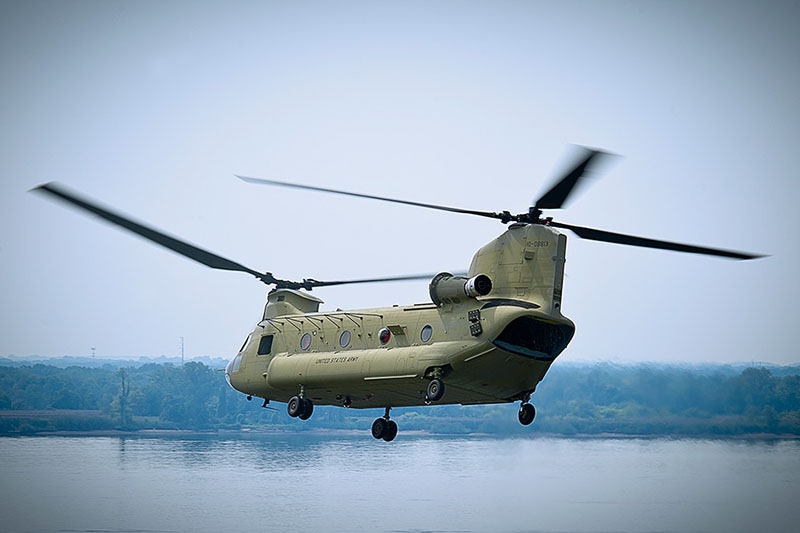
Boeing CH-47F Chinook
The CH-47F Chinook remains a mainstay for heavy-lift missions around the world. Known for its twin-rotor configuration, the Chinook provides unparalleled balance, range, and efficiency. With constant upgrades to avionics, communications, and survivability systems, it continues to support critical missions for over 20 countries.
Its versatility shines in both combat and civilian scenarios. From battlefield extractions to delivering disaster relief supplies in earthquake zones, the Chinook’s rapid deployment capabilities and heavy payload make it a mission-critical asset.
The helicopter has a maximum takeoff weight of 22,680 kg (50,000 lb) and can lift up to 9,000 kg (20,000 lb) externally.
5. Kamov Ka-32
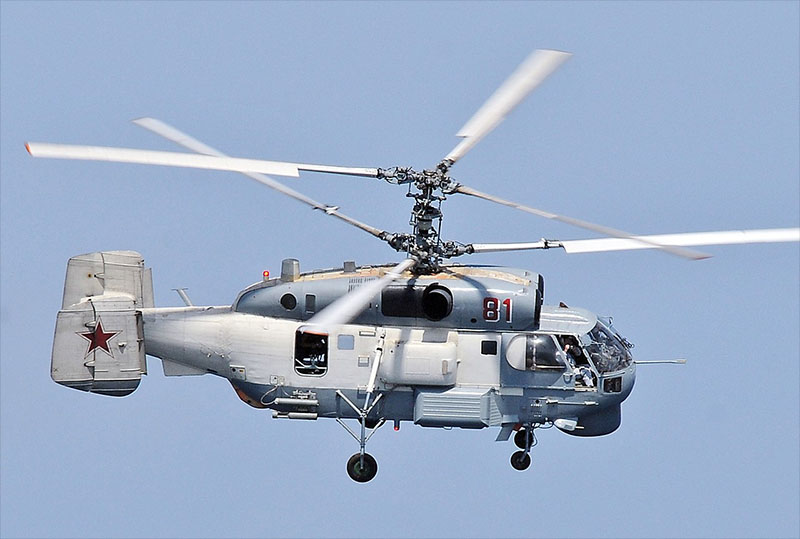
Kamov Ka-32
The Ka-32, with its distinctive coaxial rotor system, continues to be a favorite for operations that demand compact maneuverability and precision. Extensively used in firefighting, logging, and search and rescue operations worldwide, the Ka-32 remains highly reliable in tight urban areas and mountainous regions.
The absence of a tail rotor allows for better control in confined spaces and reduces maintenance complexity. It’s especially popular in Europe and Asia for aerial construction and wildfire suppression, where its ability to hover steadily is a significant asset.
The helicopter has a maximum takeoff weight of 11,000 kg (24,250 lb) and can lift up to 7,000 kg (15,400 lb) externally.
6. Sikorsky S-64 Skycrane

Sikorsky S-64 Skycrane
The S-64 Skycrane is iconic for its skeletal, modular design. Operated by Erickson Inc. in civilian roles, it has become a mainstay in aerial firefighting, utility construction, and remote transport. Equipped with a precision hover system and fire suppression technology, it’s an adaptable and efficient heavy-lift platform.
Its modular frame allows it to carry shipping containers, HVAC units, and prefabricated building sections directly to rooftops or remote installations—making it the go-to aircraft for precision heavy lifts in urban infrastructure.
The helicopter has a maximum takeoff weight of 21,772 kg (48,000 lb) and can lift up to 9,071 kg (20,000 lb) externally.
7. Mil Mi-6
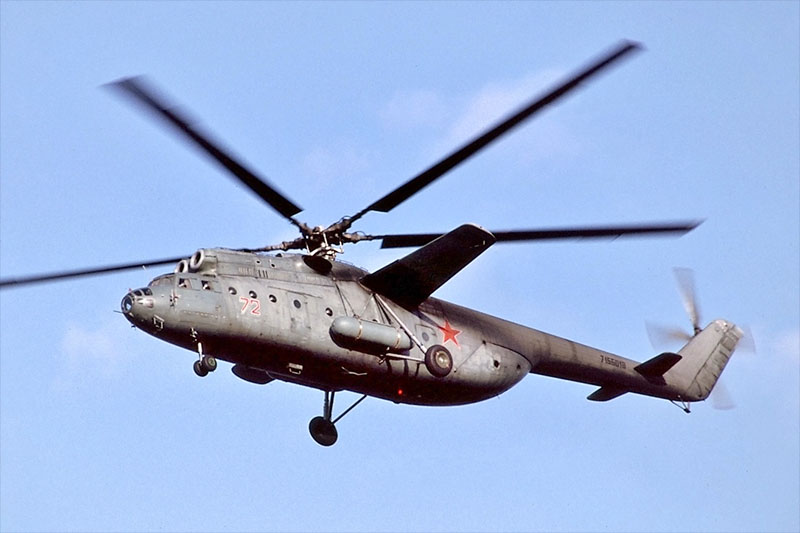
Mil Mi-6
An enduring symbol of Cold War engineering, the Mi-6 held the title of the largest helicopter for many years. Though retired, its legacy lives on through design influence and historical impact. It served across military, industrial, and rescue sectors with a lifting power of 12 tons.
The Mi-6’s introduction of turbine-powered lift to helicopters changed the game in terms of range, altitude, and payload. For decades, it served in hard-to-reach Soviet outposts and was used in missions ranging from Arctic research to nuclear disaster response.
The helicopter has a maximum takeoff weight of 42,000 kg (92,594 lb) and can lift up to 12,000 kg (26,460 lb) externally.
8. Airbus AS332 Super Puma

AS332 Super Puma
The AS332 Super Puma, developed by Airbus Helicopters (formerly Eurocopter), remains a global utility platform in 2025. Extensively used in offshore oil and gas, medevac, and SAR missions, its medium-lift capability and versatile design are bolstered by strong safety features and modernized avionics.
Recent upgrades include enhanced autopilot systems and crash-absorbing seating, improving survivability in offshore conditions. Its twin-engine configuration ensures redundancy during long overwater flights.
The helicopter has a maximum takeoff weight of 9,800 kg (21,605 lb) and can lift up to 4,800 kg (10,582 lb) externally.
9. Boeing Vertol 234 Chinook

Boeing Vertol 234 Chinook
The civilian version of the iconic military Chinook, the Vertol 234, continues to see active duty in logging, construction, and disaster relief. It offers excellent range and payload capacity, with performance nearly identical to its military sibling, the CH-47.
In recent years, it has also been adapted for cargo delivery in Alaska and Canada, transporting critical supplies to areas inaccessible by road. The aircraft’s tandem rotor design provides stability even in high winds and rugged terrain.
The helicopter has a maximum takeoff weight of 31,750 kg (70,000 lb) and can lift up to 11,340 kg (25,000 lb) externally.
10. Sikorsky S-92
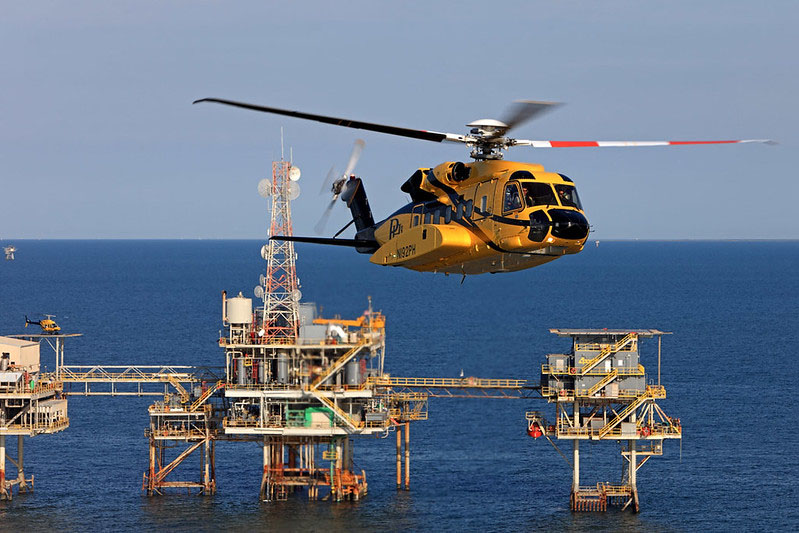
Sikorsky S-92
A favorite in offshore oil and gas operations, the Sikorsky S-92 is known for its smooth ride, modern avionics, and reliable performance. It plays a vital role in offshore transport, search and rescue, and executive travel. Its build emphasizes redundancy, safety, and operational efficiency.
The S-92’s robust airframe, coupled with its quiet ride and safety features, makes it a top choice for overwater missions and VIP transport. It’s also one of the few helicopters certified for both civil and military use by multiple international aviation authorities.
This heavy lift helicopter has a maximum takeoff weight of 12,500 kg (27,557 lb) and can lift up to 4,500 kg (9,920 lb) externally.
2025 Heavy Lift Helicopter Performance Chart
| Helicopter | Max Takeoff Weight (kg) | External Lift Capacity (kg) | Primary Roles | Status |
|---|---|---|---|---|
| Mil Mi-26 | 56000 | 20000 | Military, Humanitarian, Cargo | Active |
| Sikorsky CH-53K King Stallion | 38600 | 16329 | Military Transport, Logistics | Active |
| Mil Mi-10 | 28200 | 12000 | Construction, Transport | Retired |
| Boeing CH-47F Chinook | 22680 | 9000 | Troop & Cargo Transport | Active |
| Kamov Ka-32 | 11000 | 7000 | Firefighting, Search & Rescue | Active |
| Sikorsky S-64 Skycrane | 21772 | 9071 | Construction, Firefighting | Active |
| Mil Mi-6 | 42000 | 12000 | Military Transport, Cargo | Retired |
| Airbus AS332 Super Puma | 9800 | 4800 | Offshore Transport, SAR | Active |
| Boeing Vertol 234 Chinook | 31750 | 11340 | Civilian Heavy Lift | Active |
| Sikorsky S-92 | 12500 | 4500 | Offshore Transport, VIP | Active |
The Powerhouses of the Sky
These ten helicopters represent the best in lift performance, engineering, and mission versatility. Whether carrying heavy cargo across combat zones or supporting firefighting operations, they are built to handle the toughest aerial jobs. Many of these helicopters now feature advanced systems that enhance safety, reduce pilot workload, and expand operational limits.
From digital avionics to modern flight control systems, today’s heavy lift helicopters are technological powerhouses designed for endurance, precision, and adaptability.
The Road Ahead for Heavy Lift Helicopters

An artist rendering of a CH-53K helicopter for Israel. Photo: Sikorsky, a Lockheed Martin company.
In 2025, advancements in helicopter technology continue at a rapid pace. The CH-53K King Stallion’s increasing deployment is setting new benchmarks in heavy-lift performance. Likewise, ongoing upgrades to legacy platforms like the Chinook demonstrate a commitment to staying at the forefront of aerospace innovation.
Emerging trends such as hybrid-electric propulsion, autonomous cargo delivery systems, and lightweight composite materials are already influencing the next generation of rotorcraft. These innovations promise reduced operating costs, greater sustainability, and even higher payload efficiencies.
Need Heavy-Lift Support?
Whether you’re planning a complex construction project, remote cargo delivery, or specialized aerial operation, Fair Lifts offers tailored heavy-lift helicopter solutions to meet your needs.
Contact us today or call 1-800-318-8940 to learn more about our capabilities and get a quote for your next mission.

